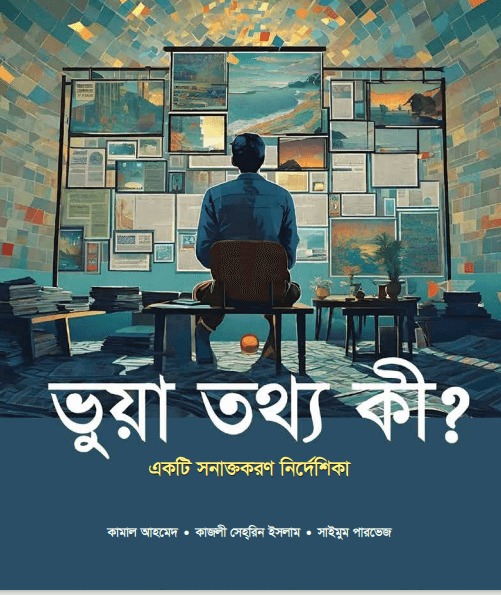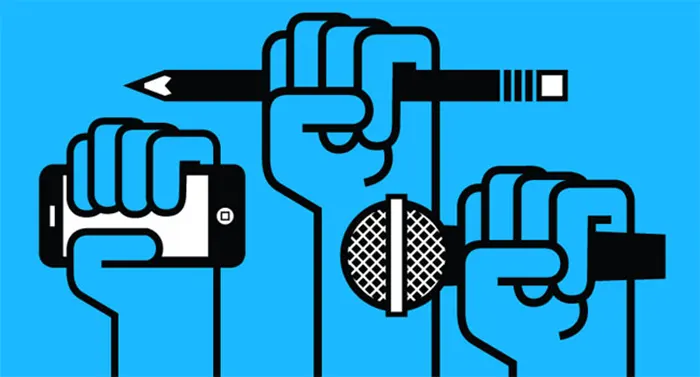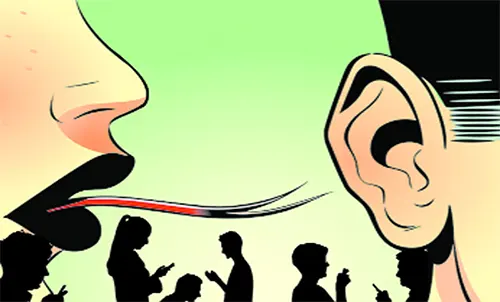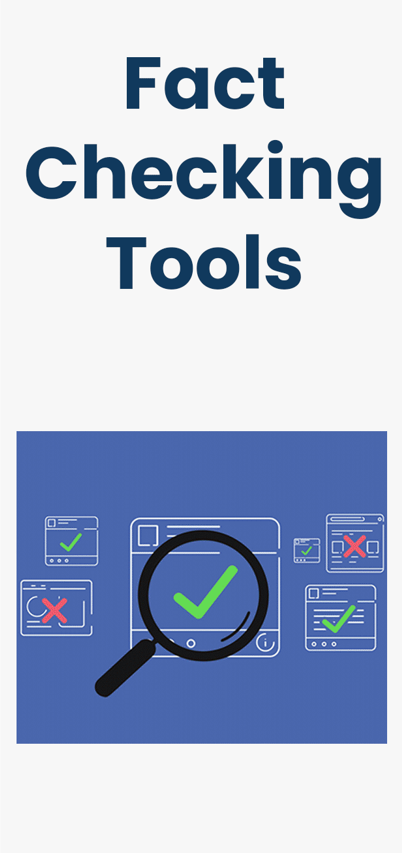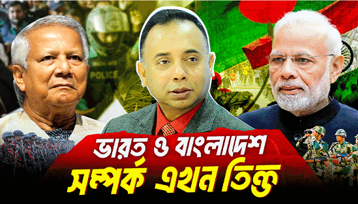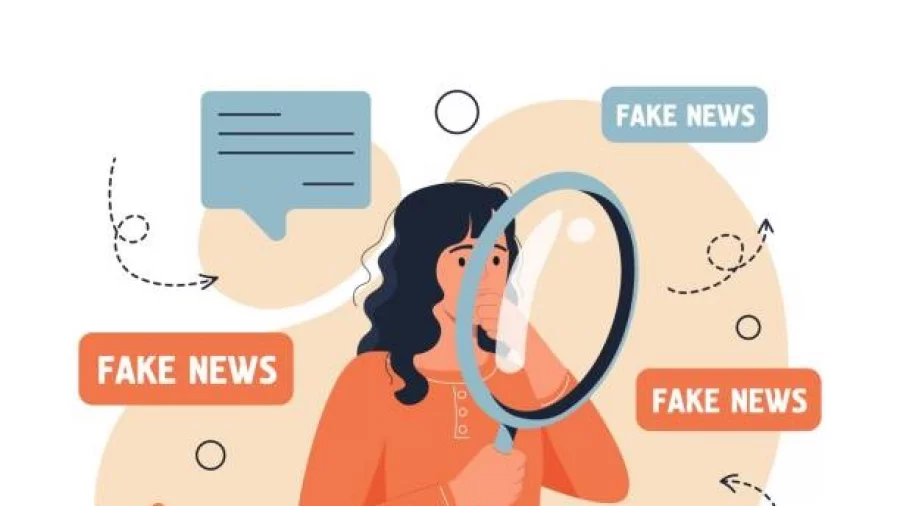
Person “A” heard a rumor shared by a friend and, without taking time to verify its authenticity, hastily posted a lengthy status on social media, accompanied by random images sourced from Google. This post caught the attention of Person “B,” who immediately shared it on their feed. The post quickly gained traction and, like wildfire, the news then kept spreading, attracting hundreds of likes and shares. After two days of sheer panic, it was revealed that the news had no merit after all.
In another instance, a local news aggregator platform published a controversial news story, taken from an unreliable source. The sensational headline and the shocking allegations caused countless clicks, leading to a surge in traffic for the platform. Many users, eager to share the "breaking news,” reposted the story without verifying its authenticity or checking the credibility of the source. Again, after a few days, a reputed media house stated that the original news story was entirely based on misinformation.
These cases underscore the dangers of unverified information circulating on social media, demonstrating how quickly misinformation can lead to real-world consequences. What’s scary is that both incidents are just the tip of the iceberg. In reality, the number and severity of misinformation is much worse.
The recent political landscape in Bangladesh has been marred by a surge in misinformation and disinformation, particularly following the fall of the previous regime on August 5. Whether it is screenshots of chat history, fabricated news stories, or manipulated AI-generated images, the tactics employed to mislead the public have become increasingly sophisticated.
During the beginning of the anti-discrimination movement back in July, misinformation played a key role in escalating tensions and confusion among the public. As a result, more important posts like blood donation posts, information on safe zones, and critical updates on public safety were overshadowed by the chaos created by false narratives. Despite a lack of proof, these false narratives gained traction, fueled by the emotional responses they evoke and the cult groups created by social media algorithms.
On the one hand, there are people who deliberately create fake news to either deviate from a greater issue or to create havoc among people (disinformation). On the other hand, the masses share every news that comes their way without cross-checking the authenticity, further perpetuating the cycle of panic (misinformation). The consequences of such misinformation are almost always profound. They not only distort public perception but can also incite violence, disrupt social harmony, and undermine democratic processes. The rapid spread of false information can lead to panic, as seen in the aforementioned cases, where individuals react to sensational headlines without a moment's thought to their validity.
Misinformation can even lead to weakened inter-country relationships, also known as diplomatic strain. It can create misunderstanding between countries and prompt foreign nations to criticize or sanction that government. The spread of misinformation can also lead to significant consequences, community unrest, and a breakdown of trust in media and public figures. And, most importantly, fake news can cause negative global media coverage, which can have lasting effects on a country's reputation.
Fact-checking platforms are not just about debunking false claims; they represent a lifeline for our collective understanding
Take the case of the “attack on Hindu community” as an example. Following the fall of the former prime minister, there have been some instances of violence against the country's minority communities. However, the situation was exacerbated by the spread of misinformation and false claims, primarily from unauthorized social media sources in India and Bangladesh. This resulted in real consequences, as it delegitimized genuine concerns over the safety of minorities.
Therefore, both news platforms and social media users have to ensure the accuracy of the information they share. At a time when information travels at lightning speed, it is crucial for individuals and organizations to prioritize fact-checking and rely on credible sources. This is where fact-checking platforms come into play, acting as a vital safeguard against the chaos that misinformation can unleash.
Faktisk.no is a great example of an ideal fact-checking platform. Six of Norway’s biggest media organizations came together to create Norway’s pioneering fact-checking portal. Faktisk.no partnered with the Norwegian News Agency (NTB), making their content available for free to anyone who could help spread their fact-checks. Bangladesh needs something exactly like this.
Everyone is talking about reforms right now. Reforms are also necessary for the digital space so that it does not turn into a reason for chaos and violence. The ICT division or the Ministry of Information and Broadcasting could think of a fact-checking platform which will help prevent communal violence or any other untoward incident caused by the spread of false information. Telco companies could also lend a hand to this endeavor by extending technical support.
Fact-checking platforms are not just about debunking false claims; they represent a lifeline for our collective understanding. In an era where sensational headlines can overshadow important news, these platforms provide clarity and context, helping us navigate the complexities of information overload. By prioritizing accuracy and promoting media literacy, fact-checkers empower individuals to think critically about the content they consume and share.
Simultaneously, it is also necessary to build expertise in fact-checking, media literacy, source awareness, and verification journalism. In this manner, we can actively disseminate information to both Bangladeshi and international media professionals. Additionally, we also need to hold lectures, courses, and workshops for journalists, fact-checkers, and authorities to make the platform more sustainable and immune to negative intervention.
The fight against misinformation is not just a technological challenge; it is a societal imperative that calls for collective action from individuals, platforms, and governments alike. By doing so, we can help foster a more informed and responsible community, reducing the likelihood of misinformation causing unnecessary panic and division.
News Courtesy:
From rumors to real-world consequences: The perils of misinformation
